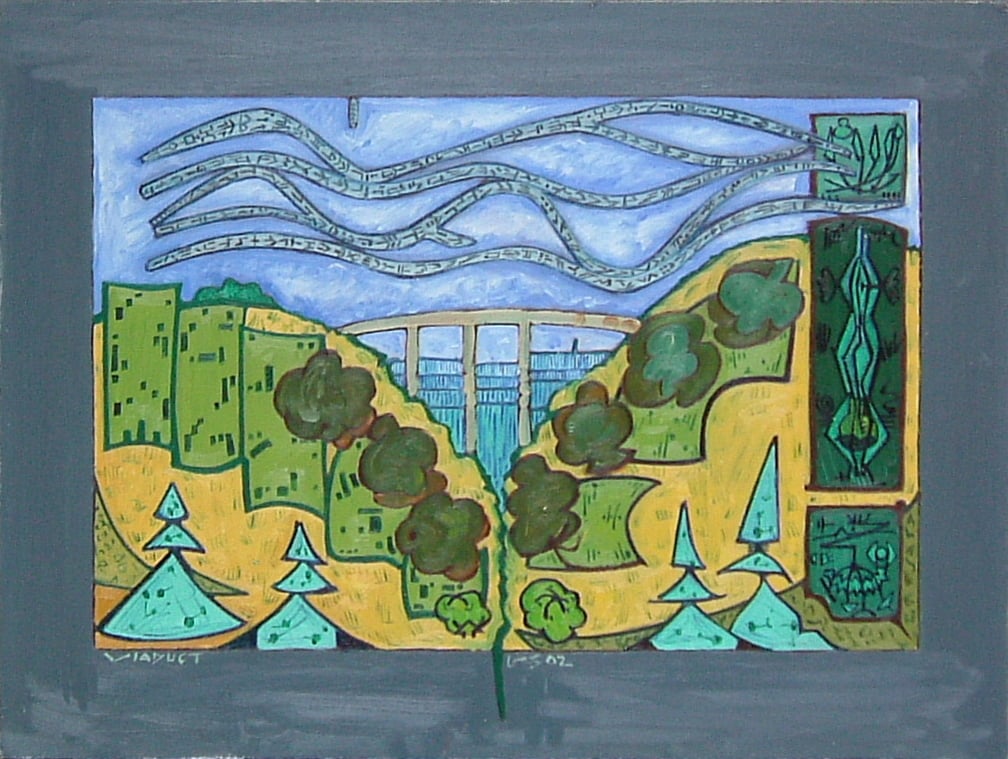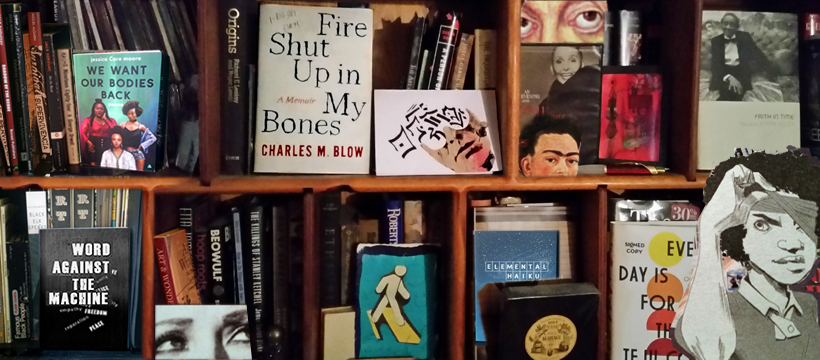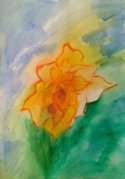
©2022 Gerry Shepherd
I’ve had to cut down trees before. Trees that grew sick. Or a tree mauled by wet snow laid down so heavily and unseasonably, that branches enough to make a forest sheered away, stripping cambium and core alike. I fussed over a tree once so marked with the hammering of a hungry woodpecker that I wasn’t at all sure how the sap could flow. And then there were the two Canadian hemlocks that a new homeowner, eager for quick landscaping, had planted right on the foundation at the back. They bolted in their tenth year, doubling their height and girth. They would have buckled the house. They had to go.
I mourned them all. Yet, I am mourning this one more. For a lot of reasons. But because it was healthy, because it was senseless. Because it was a blue spruce. We had two blue spruce trees at the home where we raised our kids. When we moved, this spruce reminded me of home. But like the hemlocks, a previous owner had hurried the landscaping, planting it small right under the deck. They didn’t do the math as to how wide those branches would grow.
I let it climb, honestly who would not? I was going to let it grow.
I live in Southern Oregon, land of wildfires and droughts, wagon trains and the volcanic Mount Mazama from which formed Giiwas, Crater Lake. Last September, our town sparked the Almeda Fire, a fire that ripped through green spaces, forests, and neighborhoods alike. It marched at the direction of the wind, fueled by worsening summers of heat. It burned most fiercely all along the greenway of Bear Creek, as if to show us in no uncertain terms that climate change didn’t care about our embattled, remnant park. The mossy banks, the moist woods, the stream with water depth enough to shelter folks who jumped in to flee the fire—none of that was water enough. Not after 20 years of drought.
I live in Southern Oregon. I am used to smoke. The wildfire season stretches well into November, months longer than before the wagon trains, or when the Shasta and Takelma raised their children here. And this is nothing! Each year is warmer than the last, but all told this is the result of only just over 1°C warming. We are on track for 3-6° or more. We are on track to crush this life with heat.
So this summer, we took down trees. The city instituted new rules to keep neighborhoods fire-safe. The trees along the wooden fence line, trees and bushes near the house, they all had to go. The junipers. The spruce. The mock cherry cut way back. The manzanita. For two days the men with the chainsaws cleared, chipped and cut.
Those of us whose work intersects with climate change (which is all of us, now) may not all have listened, as I did, to the screams of the chainsaw. Yet nonetheless, all of us now are all too familiar with this sense of loss. Many refer to it is ‘eco-grief,’ a particular sadness arising from the loss and destruction of the natural world and ecological balance that supports our lives and next breath.
It was hard to see that spruce come down. Its trunk and limbs gone. There is nothing left to see. Not even a stump, as it was cut close to the ground. Yet it remains, in a way, for its roots are still underground, stretching out, alive with microbes, seeking water.
I have sat with it, making remembered space. From my spot with the roots I have a pretty good view of the whole front yard. From this seat I am surrounded by plants that, like the hemlocks, don’t belong here: beautiful lavender, gorgeous butterfly bush, a happy, orchard apple tree left from a homestead a hundred years ago. There is boxwood, bamboo, ryegrass, and clusters of daffodils. None of that belongs here.
I am grieving.
Yet. Where there is grief, can there be hope? I think there probably isn’t ever any hope unless there can be grief. First we have realize our loss. And, in seeing the truth, new choices can be made. The hard truth is, we cannot reverse the damage we have done. But the hope that rises from that truth is that the invitation for restoration is everywhere.
The invitation for restoration is in every perennial you plant, every habitat you enrich, every bird that can be protected, and every acre of land conserved. We have taken too much. We can turn, repent, restore. From now on, right now, we can pledge to heal ourselves, our landscapes and our earth. Mourn. Say a prayer. Make room for hope. And act on climate change.
©2022 Rev. Richenda Fairhurst
All rights reserved

Richenda Fairhurst…
…stepped into the world of climate organizing in 2015, when she joined the grassroots efforts of organizations such as Columbia Riverkeeper, Sierra Club, and Earth Ministries in the effort to keep massive fossil fuel infrastructure out of Washington State. She supported local efforts, and then attended, organized, and/or served as a mentor for multiple trainings through The Center for Earth Ethics at Union Seminary, the Climate Speakers Network, and The Climate Reality Project. Ordained in the United Methodist tradition, Rev. Fairhurst pastored churches in Washington and Oregon, served as a protest chaplain at the Occupy Wall Street encampment in NYC, went to Standing Rock, gratefully received training as Keeper in the Tagish T’lingit Peacemaking Circle tradition, and currently serves on the Creation Justice Committee for Ecumenical Ministries of Oregon and is a Co-Founder and served as Chair of the Southwestern Oregon Chapter of The Climate Reality Project. Climate is about much more than greenhouse gasses, it is about how we choose to treat our neighbors and God’s creation. At Circle Faith Future, Rev. Fairhurst acts in the role of Organizing Director and Steward of Creation.

